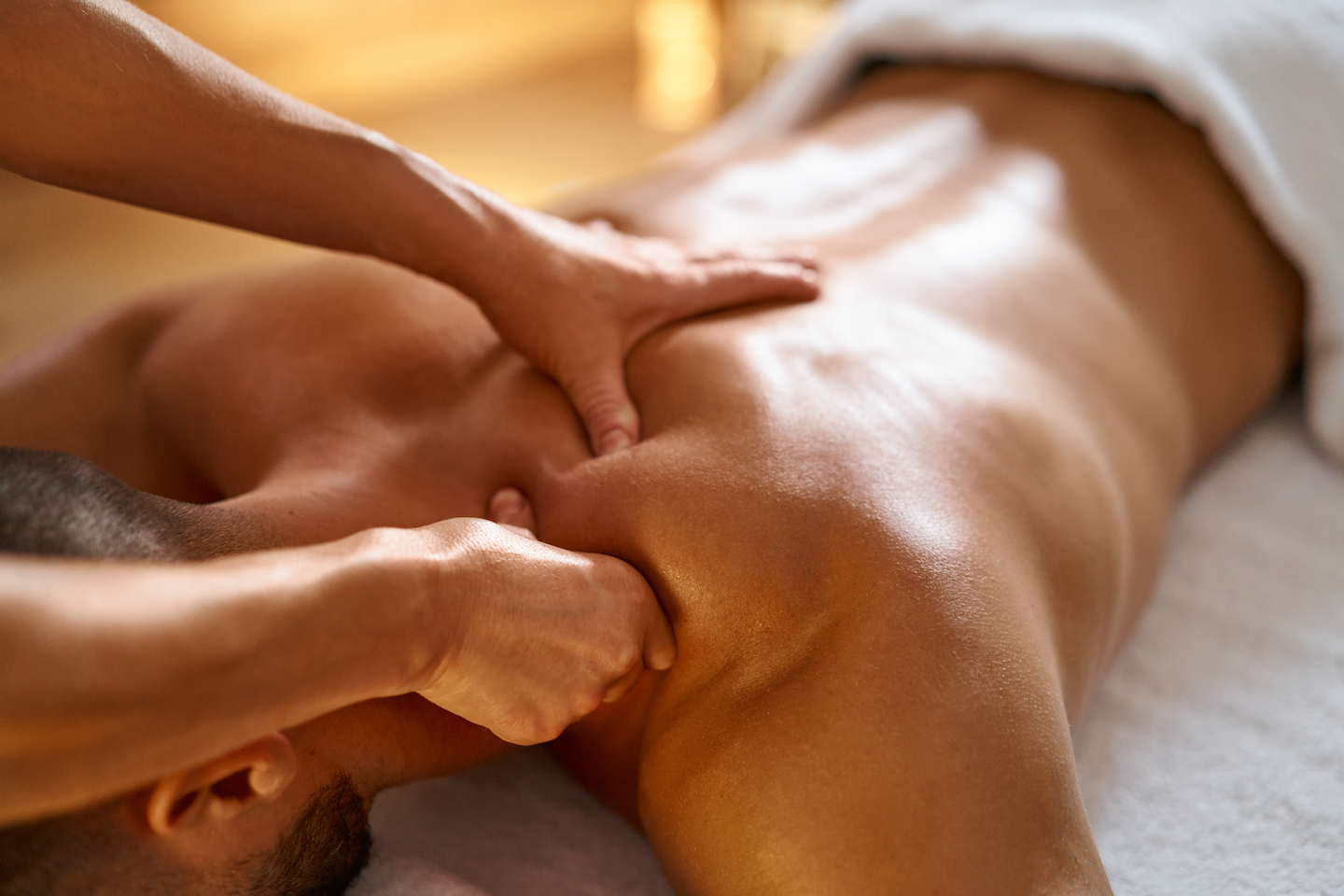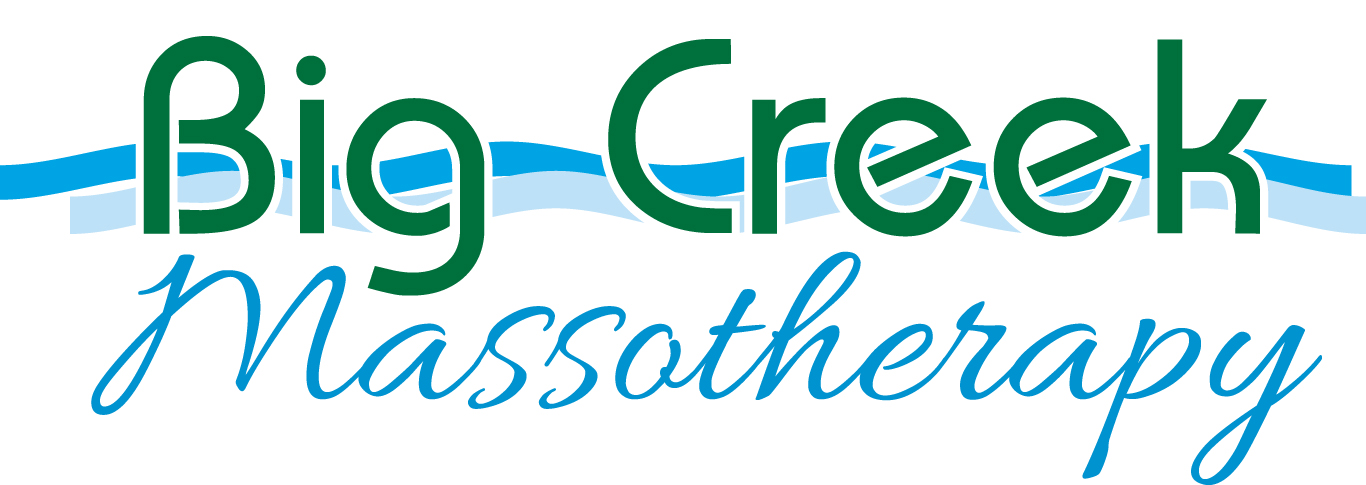The History of Massage Therapy

Where Did Massage Therapy Originate?
Massage therapy may have significantly risen in popularity over the past decade or so, but did you know that it has a 5,000-year history? To answer the question, “where did massage therapy originate?”, we’ll take you on a tour through time.
How Old Is Massage Therapy?
Believe it or not, massage therapy started in India at around 3000 BCE with Ayurvedic practitioners. It was believed that massage could restore the body’s inner balance so it could start healing naturally.
The Chinese adopted the form of therapy in 2700 BCE in line with traditional medicine, believing that diseases were caused by a disruption of energy and imbalance within the body. Then, 200 years later, massage therapy was introduced in Egypt, where the people added unique bodywork techniques that mimicked reflexology.
In 1000 BCE, Chinese monks brought it to Japan, where it was first called “anma” and then “shiatsu” later on.
Massage Therapy and Its Adaptation Over Time
The Romans and Greeks were made aware of massage therapy by the Egyptians in around 700 or 800 BCE. The great Hippocrates invented a massage technique called “friction” and added it to a list of solutions that could treat physical injuries. The Roman physician Galen adopted the massage technique to treat illnesses and injuries. In the 1700s, massage therapy was brought to the United States.
Swedish Massage and Original Massage Techniques
In the US, “rubbers” were the original massage practitioners, employed by surgeons to apply friction and manual rubbing to patients suffering from orthopedic problems.
Massage therapy was single-handedly revived by Per Henrik Ling, a Swedish doctor. He began a movement called the “Swedish Movement Cure” in an effort to relieve chronic pain. This movement served as the precursor to the massage technique we know today as “Swedish massage.”
US massage therapists then adopted Swedish massage techniques as outlined by Ling in the 1850s, and the world saw a boom in the massage and physical therapy industry. Massage went hand-in-hand with hydrotherapy and evolved into modern spa services, such as body scrubs and wraps.
In the 19th century, Dutchman Johan Mezger then continued developing known massage techniques and ultimately came up with four of them: Friction, Effleurage, Tapotement, and Petrissage.
- Friction: Hard, circular movements using the palms, thumbs, fingertips, or elbows to reach deep tissue areas.
- Effleurage: Long, gliding strokes starting from the individual’s extremities and turning inwards.
- Tapotement: Characterized by “tapping” using the fingertips or a cupped hand.
- Petrissage: A rhythmic kind of massage that includes lifting, rolling, kneading, and a general push-pull technique.
Modern Massage Therapy Today
In the 1900s, the demand for massage therapy rose, and more people began to be aware of the health benefits it could bring. Physical therapy merited a license in the 1950s, with the American Massage Therapy Association laying out the groundwork for future massage practitioners to follow.
By the year 2000, massage therapy was a widely-accepted holistic form of pain management and health care.




